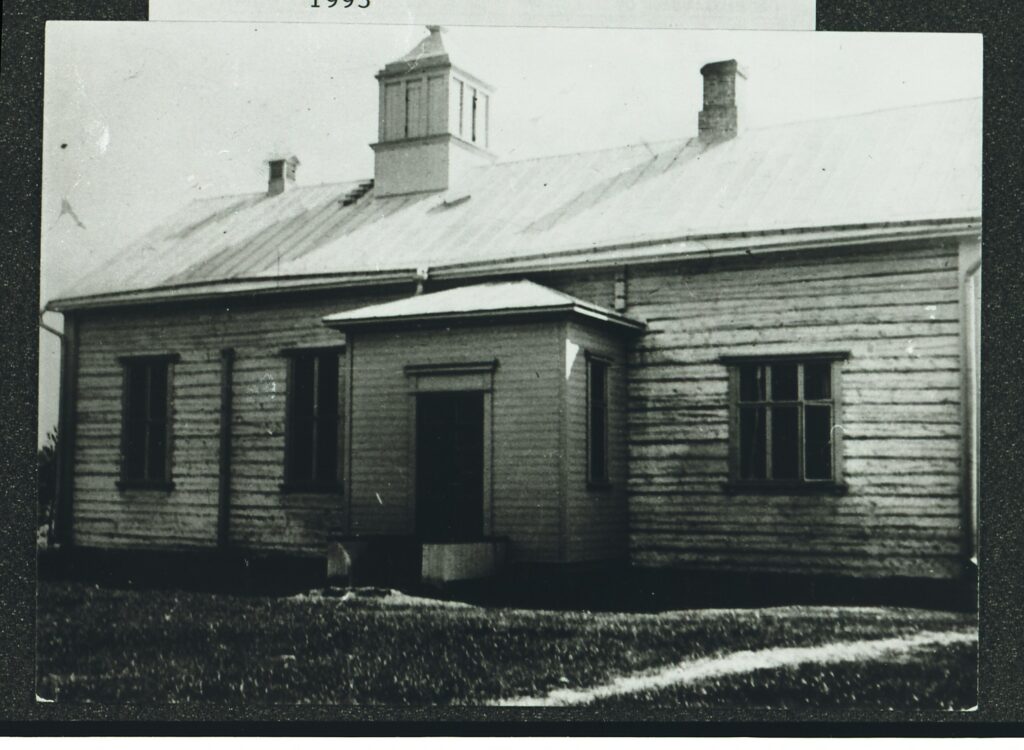The Kuusamo Lapland parish functioned until the 1740s, i.e., for more than 70 years, as regionally as it was when it was founded. There were two priests in the congregation, a vicar working in Kuusamo and a chaplain working in Sodankylä from 1699. In addition to them, the vicar of Kemijärvi visited the Lapland village of Kuolajärvi. They took care of a large congregation by visiting the villages, performing baptisms, ordinations, and memorial services. They also held the kinkeri and services with communion.
The area of the Kemi Lapland parish formed from nine Lapland villages took shape over time and new parishes were born in the original area. At the end of the term of office of the vicar Jacob Chydenius in 1746, Inari and Sodankylä were still included in the territory of Kuusamo Lapland parish.
The parish of Sodankylä was ordered to be established by the king’s letter dated July 24th, 1747. From the original Lapland parish of Kemi, Sodankylä, Sompio, Kemikylä and Kittilä were added to it. In 1825, Kittilä was changed to Sodankylä chapel and finally became independent in 1854. At that time, about 700 people lived in the area of the new parish.
Inari, the northernmost Lapland village of Kemi Lapland parish, was joined in 1747 to Utsjoki, which became independent from Tornio Lapland. Inari’s first church was built in 1648 in the old centre of the Lapland village in Pielpajärvi. A church was built on the same spot in 1760, which is still in use during the summer.
Kuolajärvi, today’s Salla, was incorporated into Kemijärvi in 1776. Due to difficult and long connections, the people of Kuolajärvi built their own chapel church in 1828 and in 1857 got the right to be a chapel congregation belonging to Kemijärvi.
The last change regarding the area took place on May 1st, 1926, when Posio municipality and parish were separated from Kuusamo to become an independent municipality and parish.
